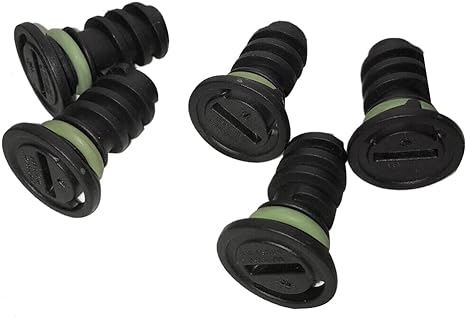Design and Applications of O-Ring Seals in Shaft Assemblies for Enhanced Performance
Understanding O-Ring Shafts Key Considerations for Design and Application
In the realm of mechanical engineering and design, the integration of sealing solutions such as O-rings plays a crucial role in ensuring the efficiency and longevity of various systems. One of the critical components where O-rings are frequently employed is in the context of shafts, particularly O-ring shafts. Understanding the intricacies of O-ring shafts involves delving into their design, function, and application across multiple industries.
What is an O-Ring Shaft?
An O-ring shaft is essentially a cylindrical component that features grooves designed to accommodate O-rings, which serve as seals to prevent the escape of fluids, contaminants, or gases. The design typically involves a shaft with a circular cross-section, coupled with a specifically shaped O-ring placed in the groove around the shaft. This creates a tight seal when the shaft rotates, making it ideal for use in rotary applications.
The Importance of O-Rings
O-rings are one of the most commonly used sealing elements due to their simplicity, effectiveness, and cost-efficiency. They can be made from a variety of materials including rubber, silicone, and fluoropolymer, allowing for flexibility depending on the operational environment. The primary function of an O-ring in a shaft assembly is to create a barrier that prevents leakage while also reducing friction between moving parts.
Design Considerations
When designing an O-ring shaft, several key factors must be taken into account
1. Material Compatibility The material of the O-ring must be compatible with the fluids it will encounter. For example, if the shaft operates in high-temperature conditions, selecting a heat-resistant O-ring material is vital.
2. Diameter and Groove Dimension The diameter of the shaft and the dimensions of the groove that will house the O-ring are critical. Proper sizing ensures that the O-ring can maintain its shape under pressure and effectively compress to form a seal.
3. Surface Finish The surface finish of the shaft can impact the lifespan of the O-ring. A rough surface can create points of wear and compromise the seal, leading to fluid leakage and potential system failure.
o ring shaft

4. Operating Conditions Consideration of environmental factors such as temperature, pressure, and the presence of chemicals is necessary to safeguard the O-ring's performance. Engineers must select an O-ring material that will withstand these conditions without degrading.
Applications of O-Ring Shafts
O-ring shafts are utilized across various sectors, including
- Automotive In cars, O-ring shafts are used in transmission systems, steering mechanisms, and engine components to maintain fluid integrity and avoid leaks.
- Aerospace O-ring shafts are critical in hydraulic systems of aircraft, where reliability and safety are paramount.
- Manufacturing In machinery and equipment, O-ring shafts help ensure seals in rotating parts, enhancing overall efficiency and safety.
- Oil and Gas O-ring shafts are pivotal in pumps and valves, where preventing leaks is crucial for operational security and environmental protection.
Challenges and Best Practices
While O-ring shafts provide many benefits, certain challenges may arise. O-ring failure can lead to catastrophic results, especially in high-pressure environments. To mitigate these risks, regular maintenance and inspections of the O-ring seals should be conducted. Additionally, using backup O-rings in high-stress applications may provide an added layer of security.
Conclusion
O-ring shafts are an essential component in many mechanical systems, offering effective sealing solutions that enhance performance and reliability. By understanding the key considerations involved in their design and application, engineers can optimize their use in various industries. As technology advances and industries continue to evolve, the role of O-ring shafts will undoubtedly remain significant, driving innovation in sealing technologies for years to come.
-
Understanding the Front Main Engine Seal: Purpose, Maintenance, and Installation
News Jul.29,2025
-
Understanding O-Rings and Seal Rings: Types, Applications, and Custom Solutions
News Jul.29,2025
-
Understanding Crankshaft Oil Seals: Rear Seals, Pulley Seals, and Their Role in Engine Integrity
News Jul.29,2025
-
The Importance of Front and Rear Crankshaft Seals in Engine Performance and Oil Management
News Jul.29,2025
-
Crank Oil Seals: Functions, Types, and Cost Considerations in Engine Maintenance
News Jul.29,2025
-
A Comprehensive Guide to O-Rings and Seals: Types, Materials, and Global Applications
News Jul.29,2025
-
Mastering Diesel and Performance Engine Maintenance: A Guide to Critical Oil Gaskets
News Jul.28,2025
Products categories















